Projects
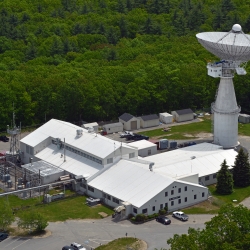
14th Air Force Detachment — Space Tactics Internship
A program created by the Air Force Space Command and Lincoln Laboratory gives participants experience with advanced systems and processes for managing space operations.
Tags
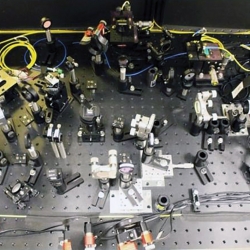
Quantum Network Test Bed
Lincoln Laboratory and MIT researchers are creating a shared quantum network test bed that will be used for developing and realistic testing of applications that take advantage of quantum science's potential to enable diverse, advanced communication, sensing, and computing systems.
Tags
BEACON
Researchers are creating a balloon-carried instrument for predicting the likelihood of lightning in a storm cloud.
Tags
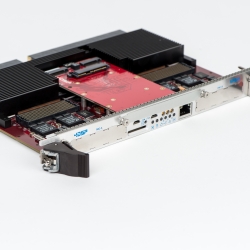
Advanced Graph Processor
A prototype of a new graph processor has been shown to handle big data as efficiently as a supercomputer.
Tags
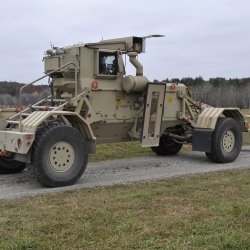
Groundhog
A ground-penetrating radar that detects objects deep underground can also help keep a self-driving automobile in its lane.
Tags
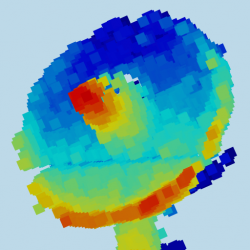
Micro-ladar
Recent advances in imaging architectures and real-time processing are enabling the development of a miniature ladar sensor that can be deployed on a UAV.
Tags
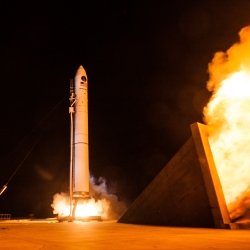
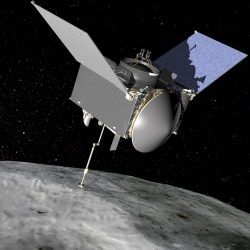
Charge-Coupled Devices for REXIS on OSIRIS-REx
Our CCDs will image X-rays emitting from elements on the surface of the asteroid Bennu.
Tags
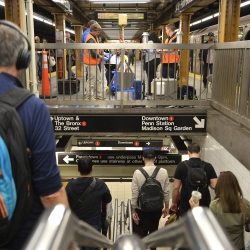
Forensic Video Exploitation and Analysis Tool
The tool lets security officials quickly analyze video surveillance footage and track incidents of interest.
Tags
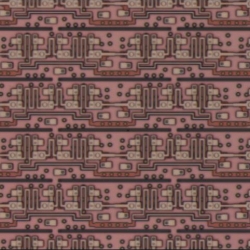
Superconducting Electronics
The world's most advanced single-flux-quantum (SFQ) integrated circuit process has been developed here at Lincoln Laboratory.
Tags